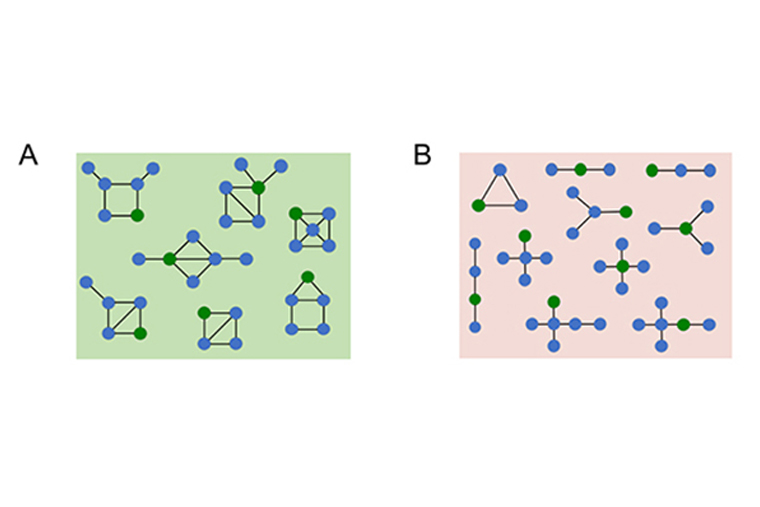
In the heart, a complex set of proteins known as ion channels coordinates proper heartbeats. Dysregulation in the function of the ion channels leads to heart rhythm disorders, such as arrhythmia. Researchers at the McKelvey School of Engineering at Washington University in St. Louis recently sifted through hundreds of millions of models to find some that could help them get a better idea of how changes in the channel can destabilize the heart rhythm and lead to arrhythmia.

Jonathan Silva, associate professor of biomedical engineering, along with collaborators and members of his lab, used a method to identify all possible Markov models, which model the probabilities of different states, in ion channels. Ion channels can be either open or closed, representing two states. However, the channel goes through different states as its voltage, or action potential, changes across the cell membrane, which creates additional states.
In their initial computations, they found 111 million models possible for all of the various states. They eliminated duplicates and those that would be less useful for their work and ended up with 100,000 models. The team performed their computations using cloud computing resources from a grant from Amazon Web Services as well as in the McKelvey School of Engineering computing cluster.
The method is described in PLOS Computational Biology Aug. 26. Kathryn Mangold, a graduate student in Silva's lab, is first author on the paper.






